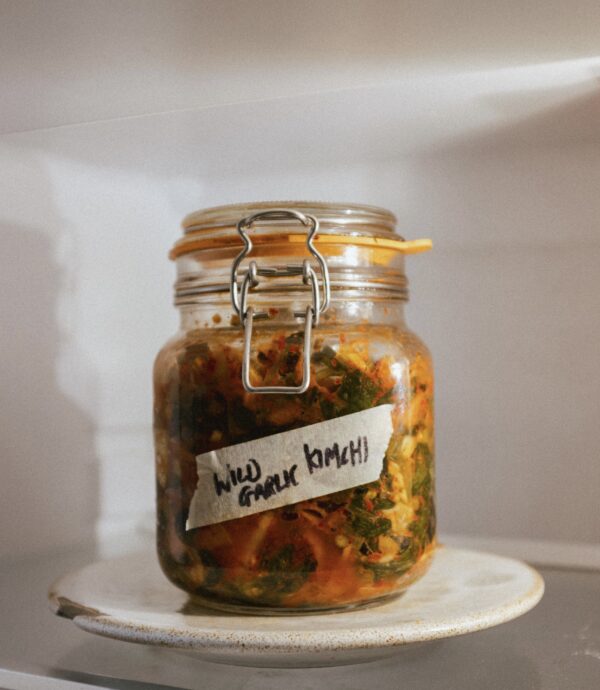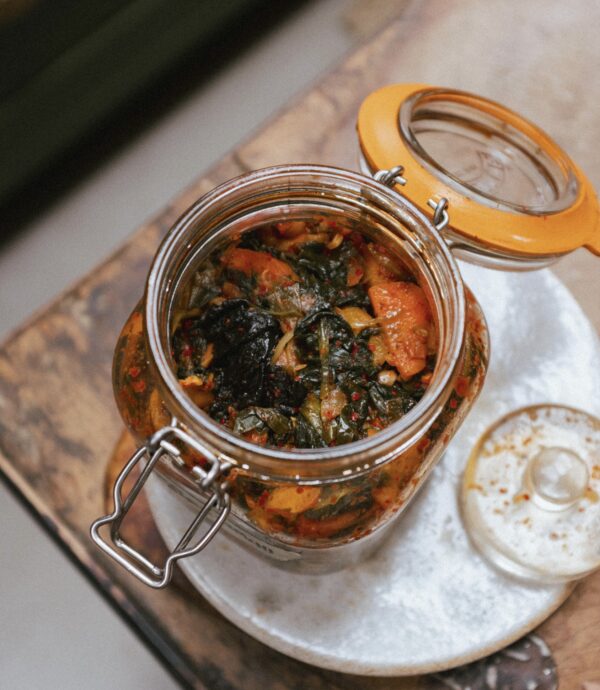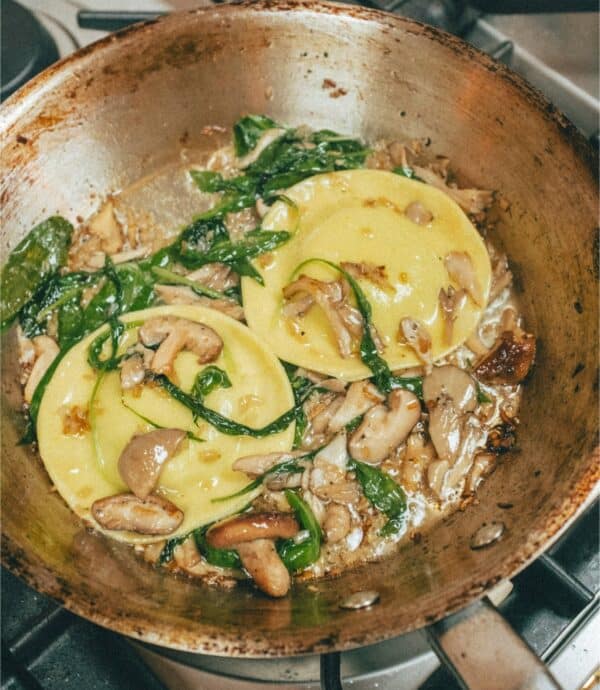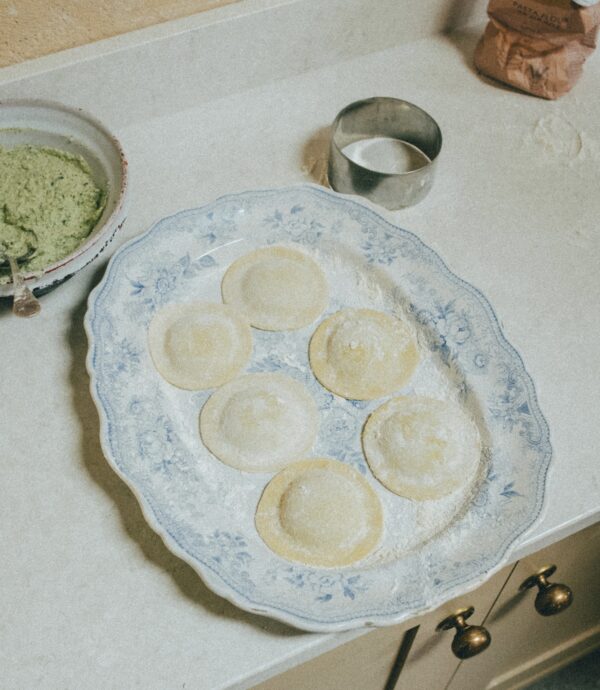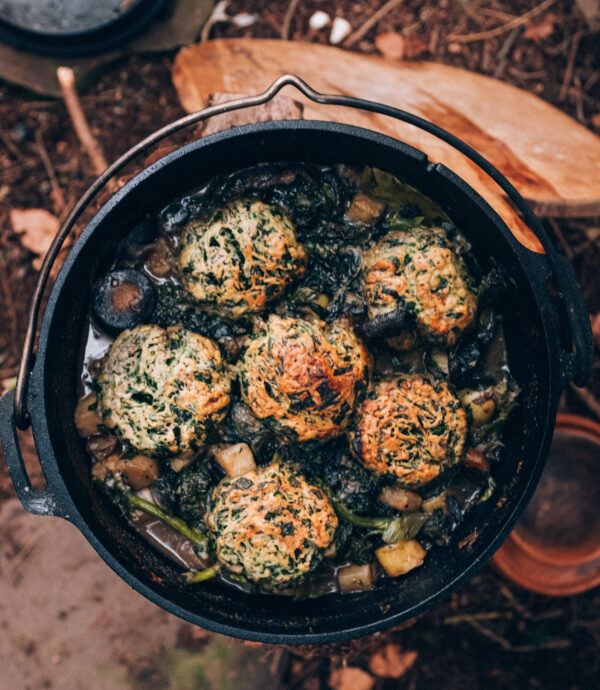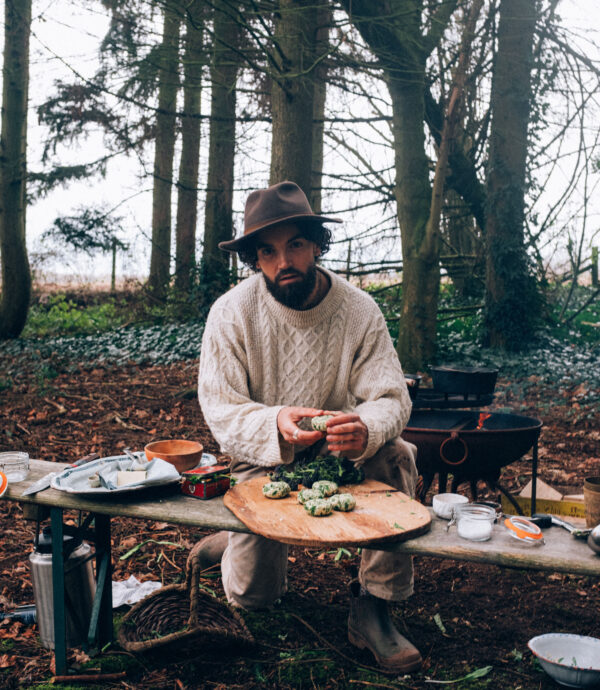Simple Bread Recipe
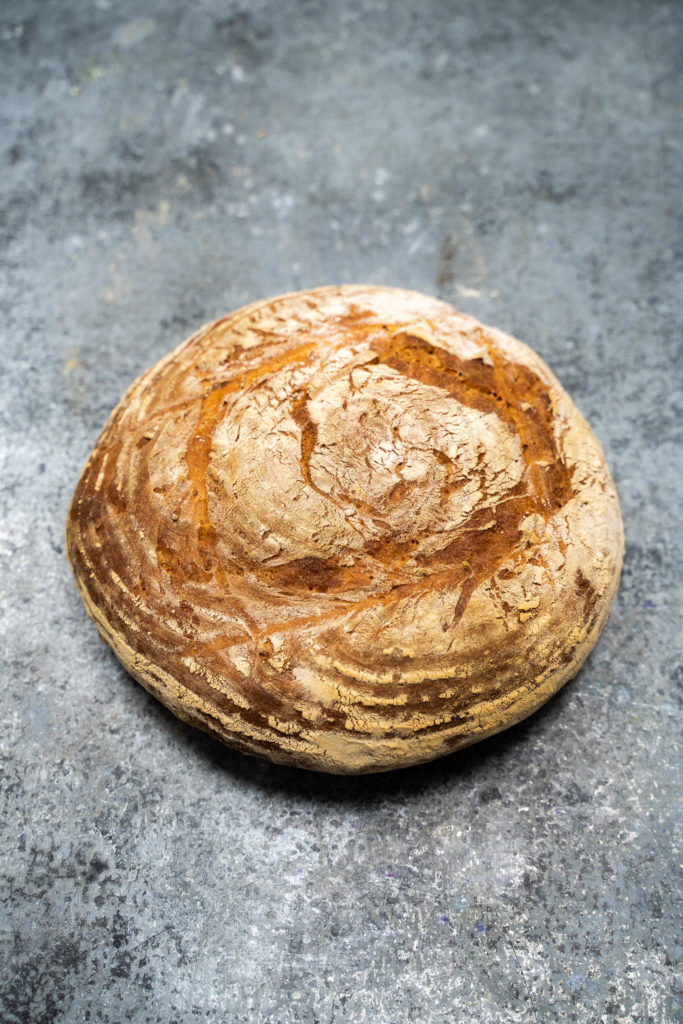
Ingredients
6 & 1/4 cups/750g Bread Flour (such as Strong White Bread Flour/Wholemeal/Multigrain), plus a little extra for dusting.
3 tsp/12g Fast Active Dried Yeast
3 tbs Maple Syrup or Sugar
3 tsp Sea Salt
2 cups/500ml Luke Warm Water
Method
Whisk together the luke warm water with the yeast, maple/sugar olive oil. Leave for around 5 mins until bubbly.
Meanwhile, mix together the flour and salt in a large mixing bowl. Make a well in the middle then add the water & yeast mix. Stir until the mix starts combining.
Once everything has come together, turn the dough out onto a lightly floured work surface. Now it’s time to knead.
You want to knead for around 8-10 minutes. The dough should be beautifully smooth and elastic after the 10 mins. Add minimal flour whilst kneading if you feel its way too sticky.
Place the dough back into the mixing bowl this time make sure you have lightly oiled the bottom of the bowl.
Cover over the bowl with cling film and leave somewhere warm for around 1 hour or until its double in size. Meanwhile lightly grease your baking dishes/loaf tins.
After an hour, remove the dough from the bowl.
Knock the dough back and knead for a couple of minutes. At this point I split the dough into 3 to make 1 large loaf and two mini ones. Feel free to split the dough into portions of your choice – it all depends on the size of your loaf tins. To get a very rustic look I prove my large loaf in a proving basket which is lightly floured.
Place the dough into your selected lightly greased loaf tins/baking dishes. Now it’s time to prove the dough for a second time somewhere warm. This time cover over the dough with a damp clean dish cloth.
Meanwhile, pre heat your oven to 200 degrees C.
After an hour, the dough should have doubled in size, if it hasn’t leave it for a little longer.
When the dough has doubled in size place it into your oven, for 45 minutes.
I like to put a baking tray under the bread filled with water whilst its baking to create some steam. This helps slow down the crust on the bread forming, resulting in a fluffier lighter bread.
Once your bread is golden & sounds hollow when you knock it, its cooked. Leave to cool, then serve.
